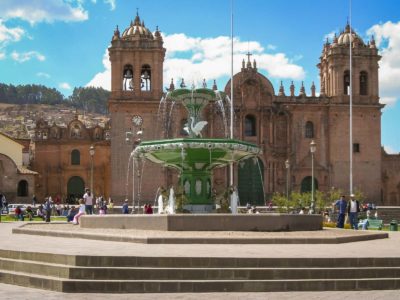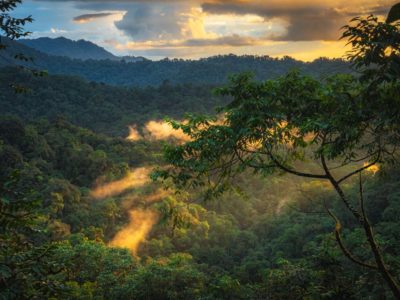When you think about big rivers in the world, the Nile is probably the first thing that comes to mind. However, the Amazon River and its surrounding rainforest hold the number one spot in a long list of superlatives, and should certainly not be overlooked simply because it is a hundred or so miles shorter than its Egyptian counterpart.
When you travel to the Amazon, it’s like traveling to a completely different world. If you think your local conservation area is home to a lot of critters, you haven’t seen anything yet. The Amazon River and rainforest are absolutely bursting with life, the likes of which most people can’t even begin to imagine.
Table of Contents
Fun and Interesting Facts About the Amazon River
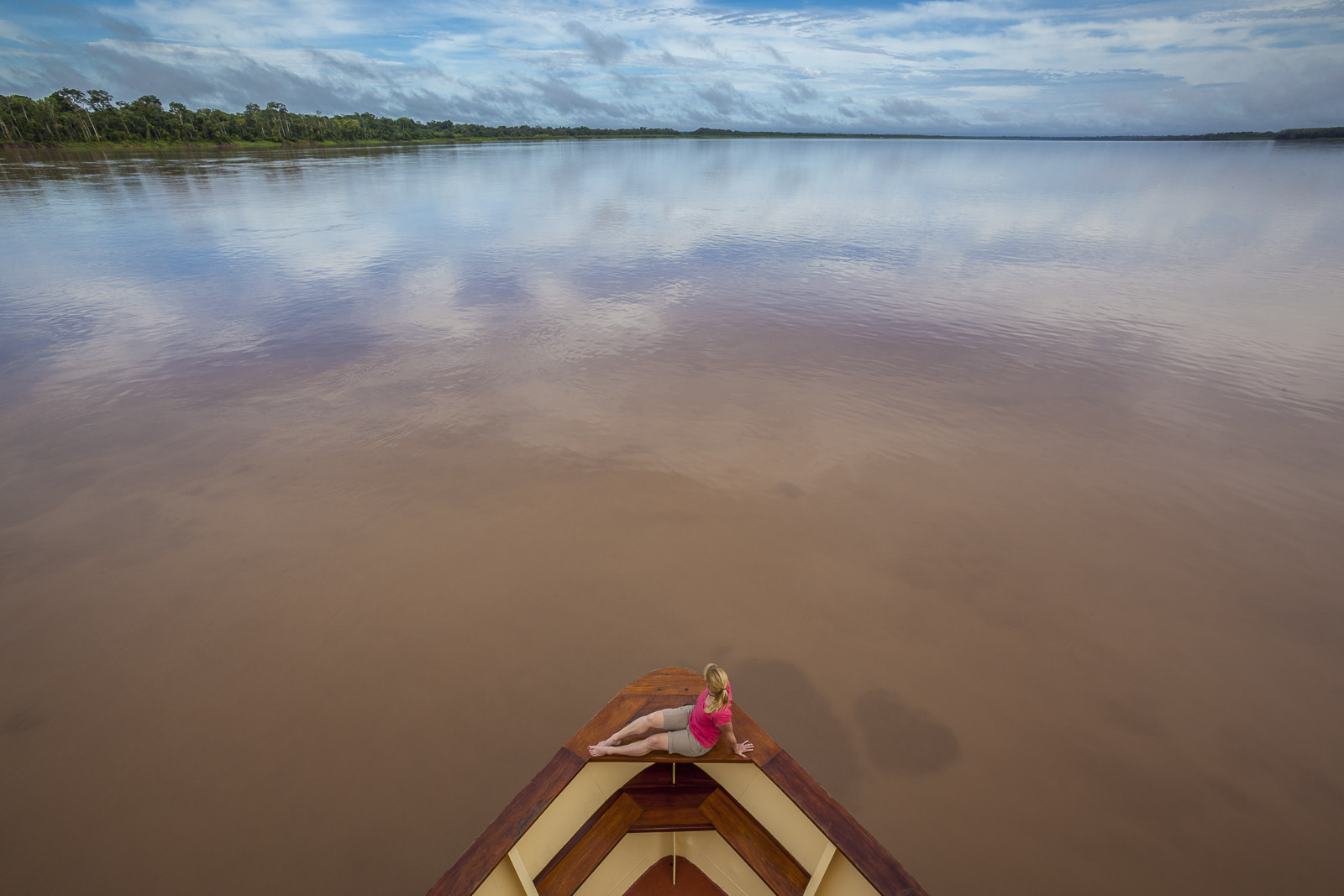
Are you dreaming of escaping to a tropical rainforest this year but aren’t sure what to expect from this massive, life-giving, and perhaps slightly fear-inducing river?
Let’s take a look at some facts about the Amazon River that you should know as you’re planning your trip or even if you’re just daydreaming about doing so. You may also be interested in 12 Fun and Interesting Facts about Brazil
Amazon River Facts: The Basics
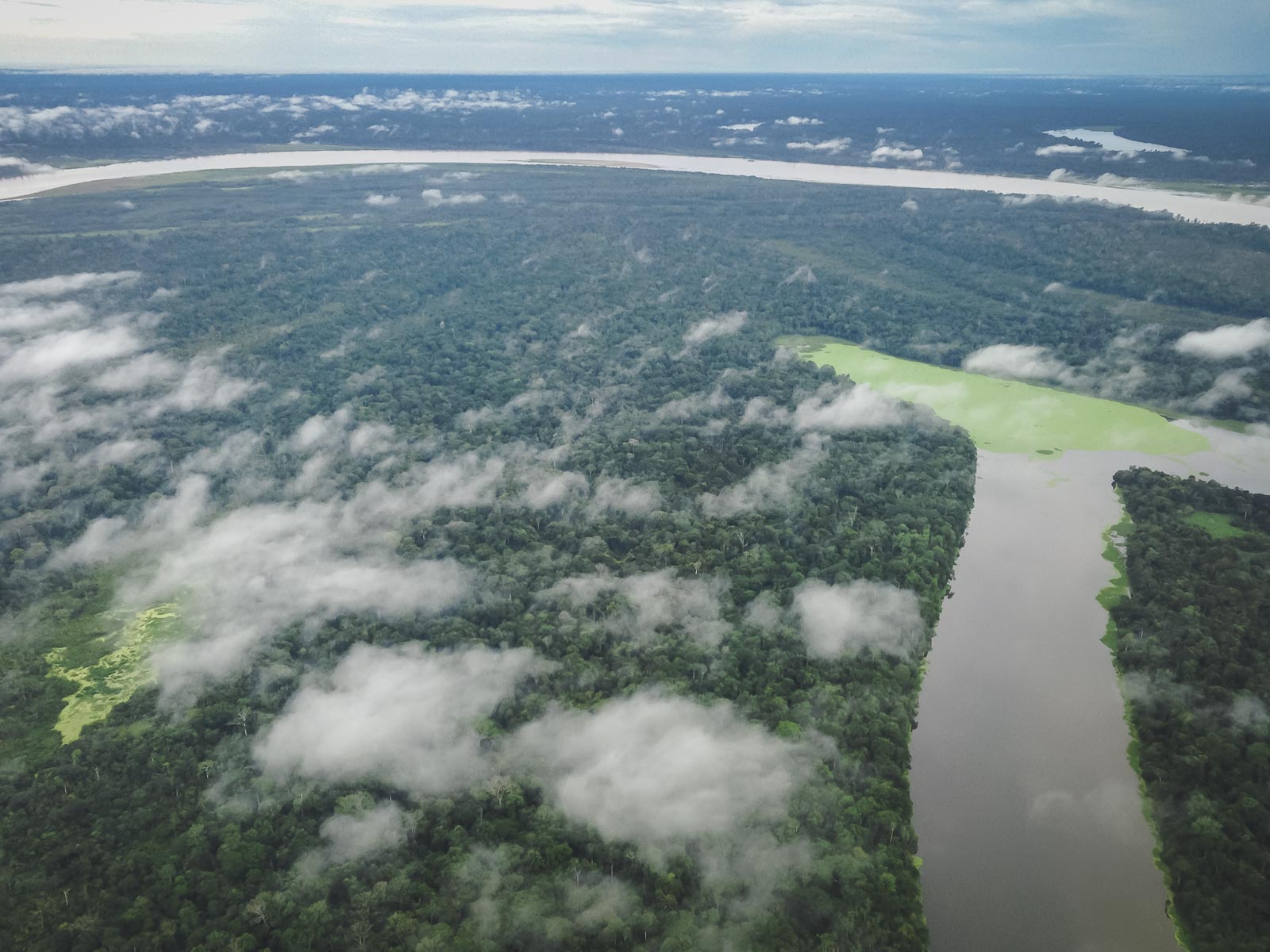
The Amazon River is nearly 4,000 miles long and is the second-longest river in the world after the Nile.
However, when you look at it from the standpoint of the amount of water discharged, then the Amazon takes first place. Every second, the Amazon River discharges nearly 8 million cubic feet of water. These types of numbers can be hard to wrap your head around, so as a reference point, this is more discharged water than the next 7 biggest rivers all put together!
The Amazon basin accounts for approximately 1/5th of the total river flow in the world. The basin is about 2,720,000 square miles and hands-down wins the prize for the largest drainage basin on the planet.
The width of the Amazon varies depending on the season. During the dry season, the river ranges from being about 1 mile wide to 6 miles wide. During the wet season, the width of the river can get to 30 miles wide.
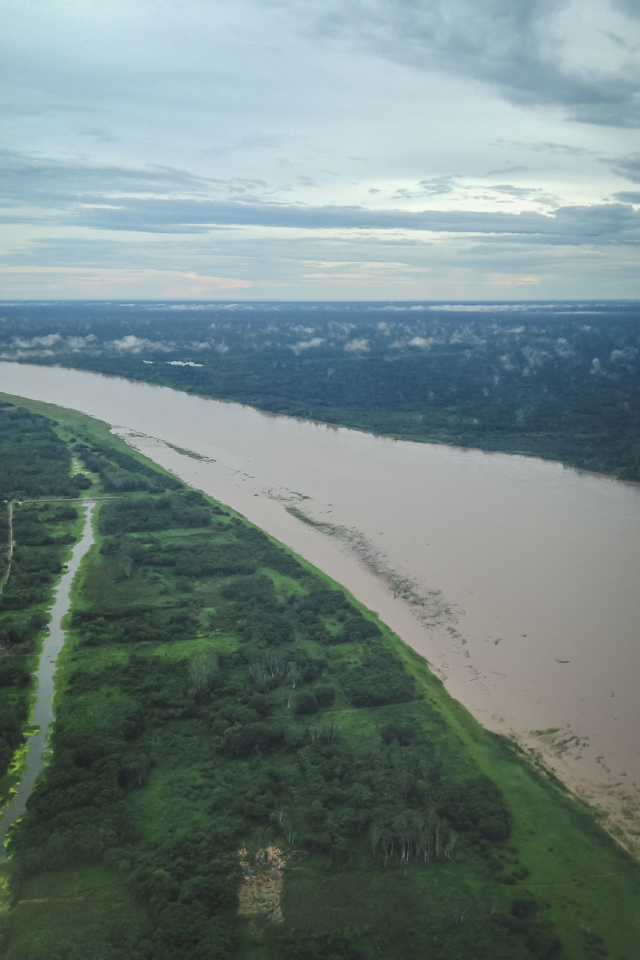
The primary source of the Amazon is the Ucayali-Apurimac river system. The Carhuasanta glacial stream is the main headstream of this incredible river, flowing down from the Nevado Mismi Mountain.
The Amazon ends at a broad estuary that is sometimes called “The River Sea” because of its massive size. The main stem mouth is at times more than 50 miles wide and the broad estuary in entirety can reach about 150 miles wide.
Many people associate the Amazon river and rainforest with Brazil. However, this glorious river also flows through Peru and Colombia.
One very surprising and fascinating fact about the Amazon River is that geologists believe that it actually used to flow in the opposite direction. Now flowing from west to east, it is thought to have once flown from east to west. The reason for the switch is believed to be the formation of the Andes Mountains, which blocked the river’s flow to the Pacific and lead it to start flowing back towards the Atlantic.
(Are you planning on visiting the Amazon as a couple? Check out these travel tips for two.)
Facts About the Amazon River: The Fauna
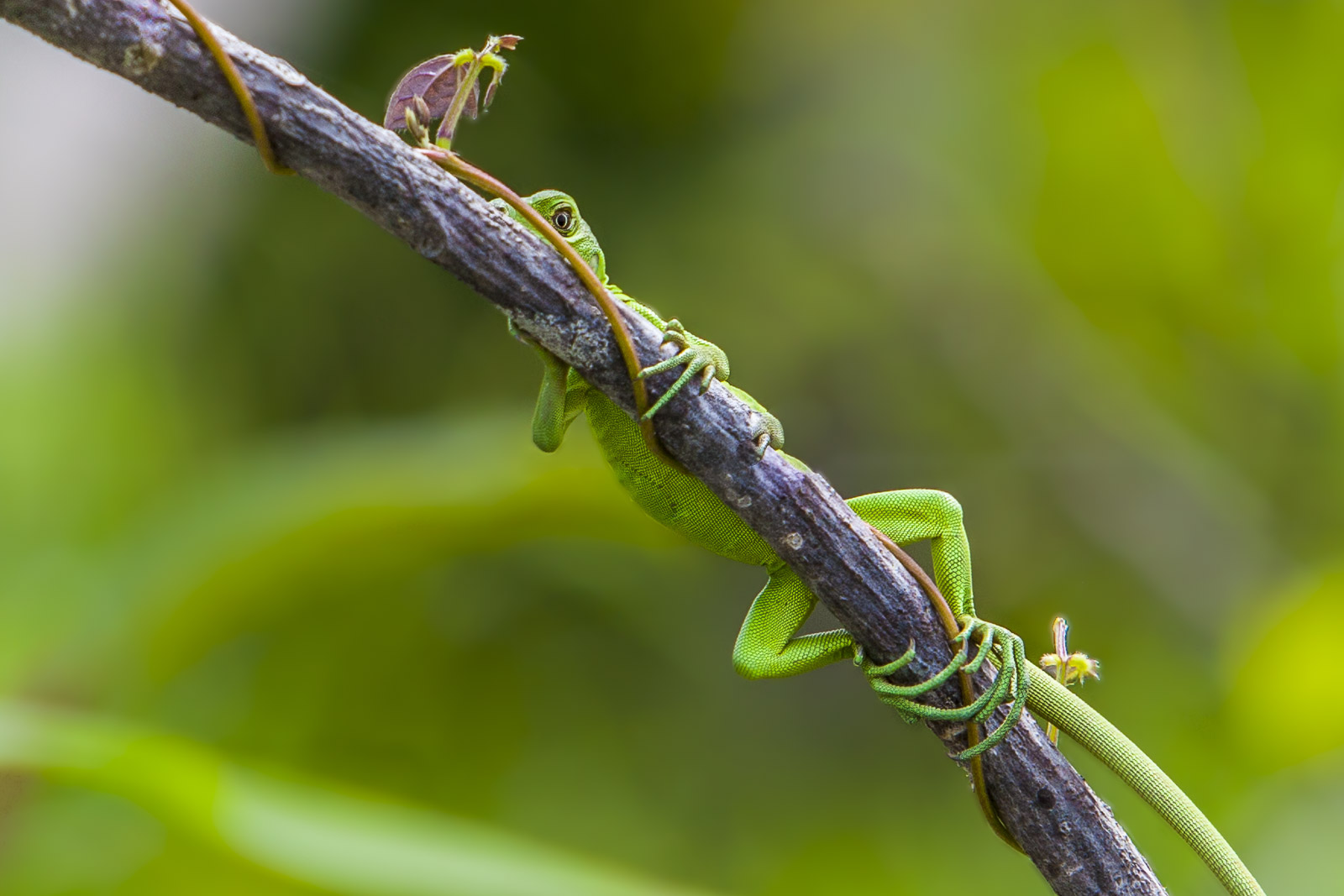
The Amazon basin is known to be home to more than 3000 species of fish. Every year, more and more species are discovered.
Some of the most commonly found creatures of this majestic river include piranhas, electric eels, boto (Amazon river dolphin), Amazon manatee, tucuxi (another dolphin species), black caiman, and the giant otter. The basin is also home to the terrifying but fascinating Green Anaconda.
If you visit the Amazon river, you’ll also be stepping into the habitat of many crabs, turtles, and algae. while algae might not sound like the most exciting creature to encounter on your adventure, microbes play an important role in the overall ecosystem.
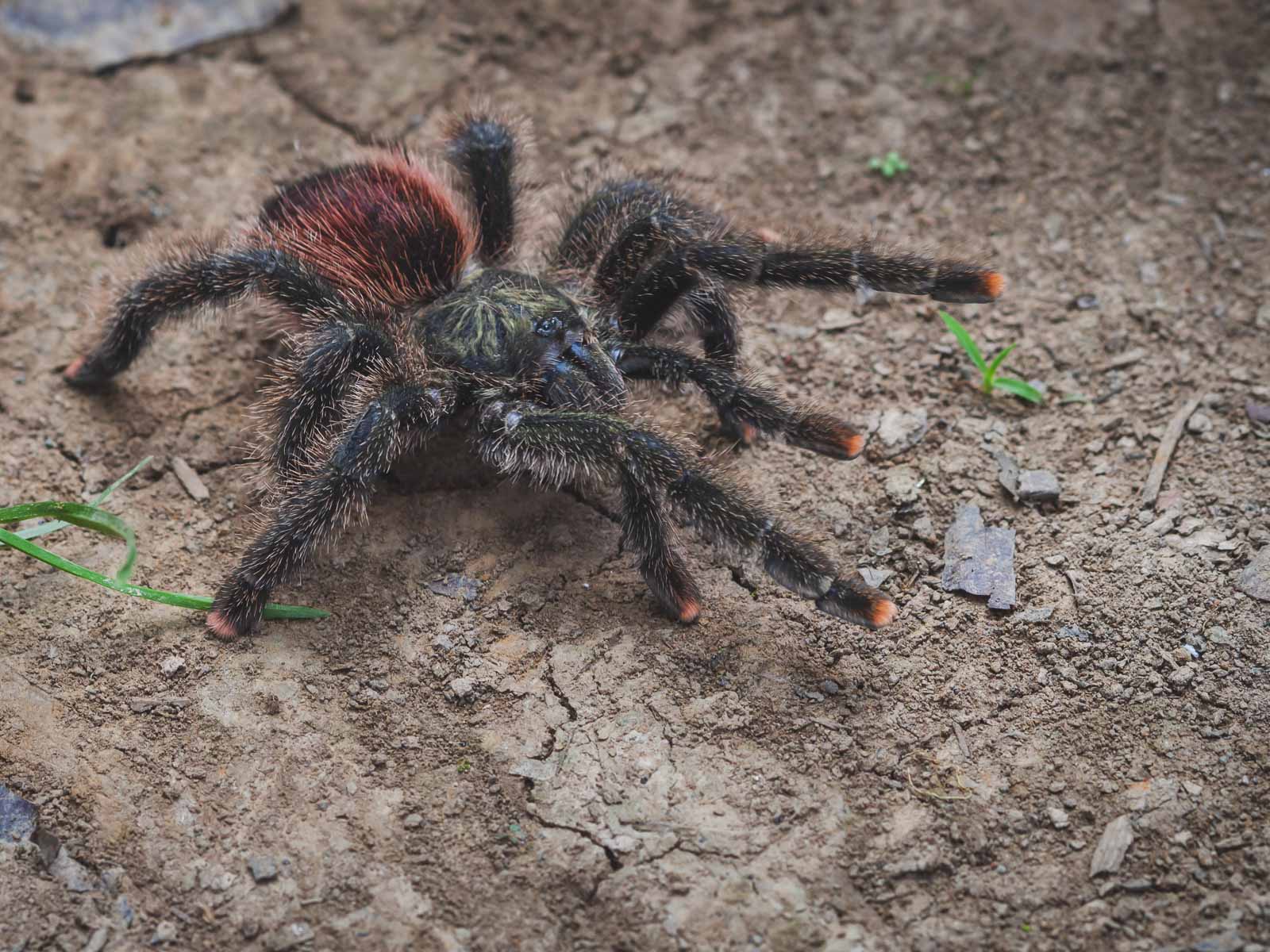
The Amazon River supports the extensive Amazon rainforest which is the most biodiverse piece of tropical rainforest in the world, not to mention the largest.
If you are an animal lover, visiting the Amazon might need to be on your bucket list. After all, more than one-third of all of the known species in the world call the Amazon rainforest their home.
Beyond the river, the forest canopy is a symphony of singing monkeys, birds, and insects. In fact, there are more than 8,000 species of insects alone that have been discovered in these tropical forests, and one can only assume that we’ve barely scratched the surface. One downside of this aspect is that the wealth of mosquitos in the rainforest can carry mosquito-borne diseases that you likely want to avoid.
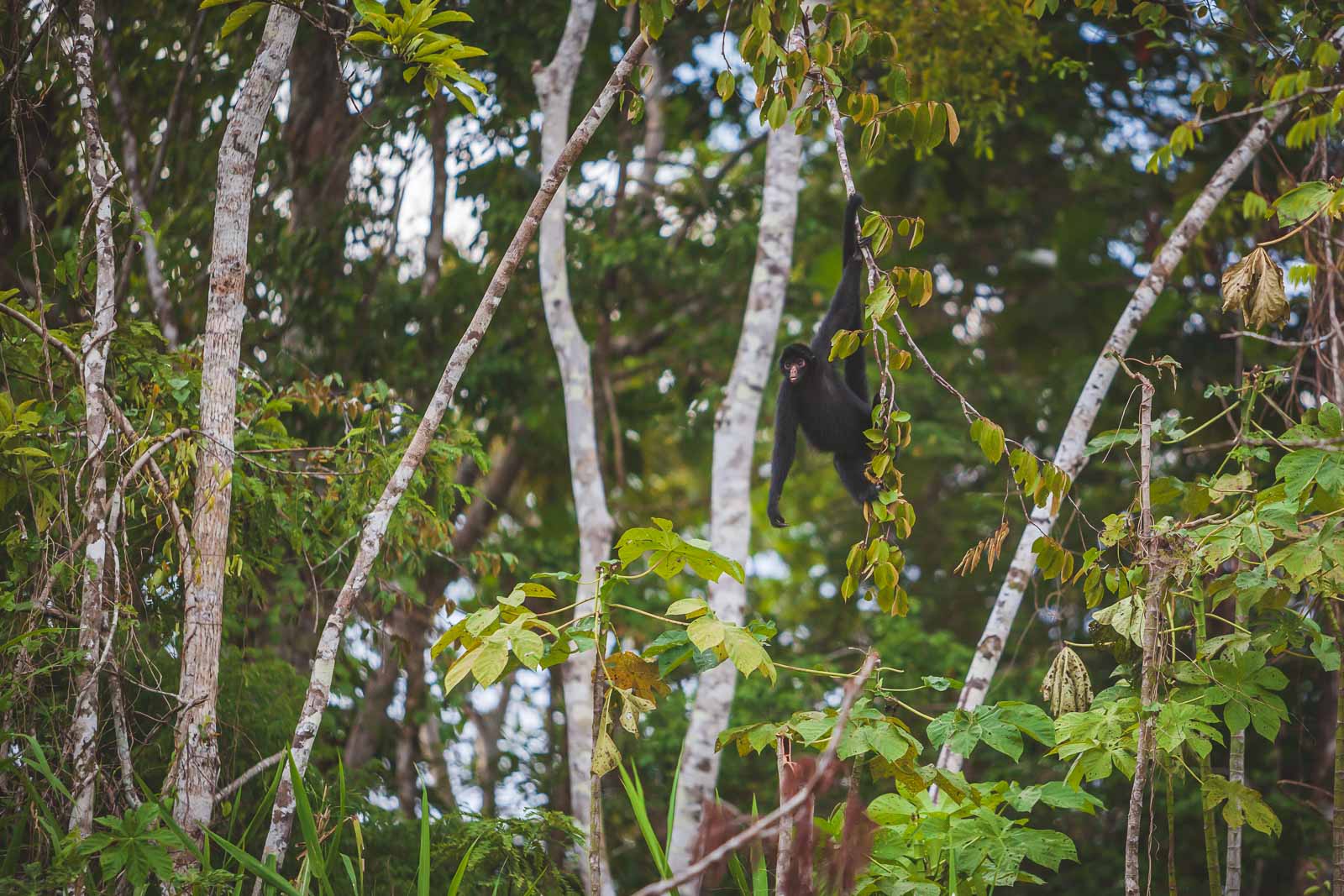
There are also several species of monkeys that you’ll want to keep an eye out for on your journey. In the morning and the evening, you’ll be able to hear the chorus of howler monkeys alerting you to the days beginning and end. There are also spider monkeys, marmosets, capuchins, squirrel monkeys, and many more fascinating species.
This is also a land of big cats, though they have sadly become increasingly rare. Jaguars, ocelots, and pumas roam the Amazon rainforest along with a number of smaller carnivorous mammals.
If you’ve always been the more relaxed type, perhaps you’ll want to seek out a kindred spirit: the sloth. There are also snakes, iguanas, anteaters, and armadillos wandering through the tropical environment.
We could go on endlessly about the animal situation in the Amazon. However, it would be irresponsible of us to not mention the types of birds you might have the pleasure of seeing. Colored incredibly and calling out distinctively, the sight of macaws and parrots is enough to make you feel that the trip is worthwhile.
Fun and Interesting Facts About the Amazon River: The Flora
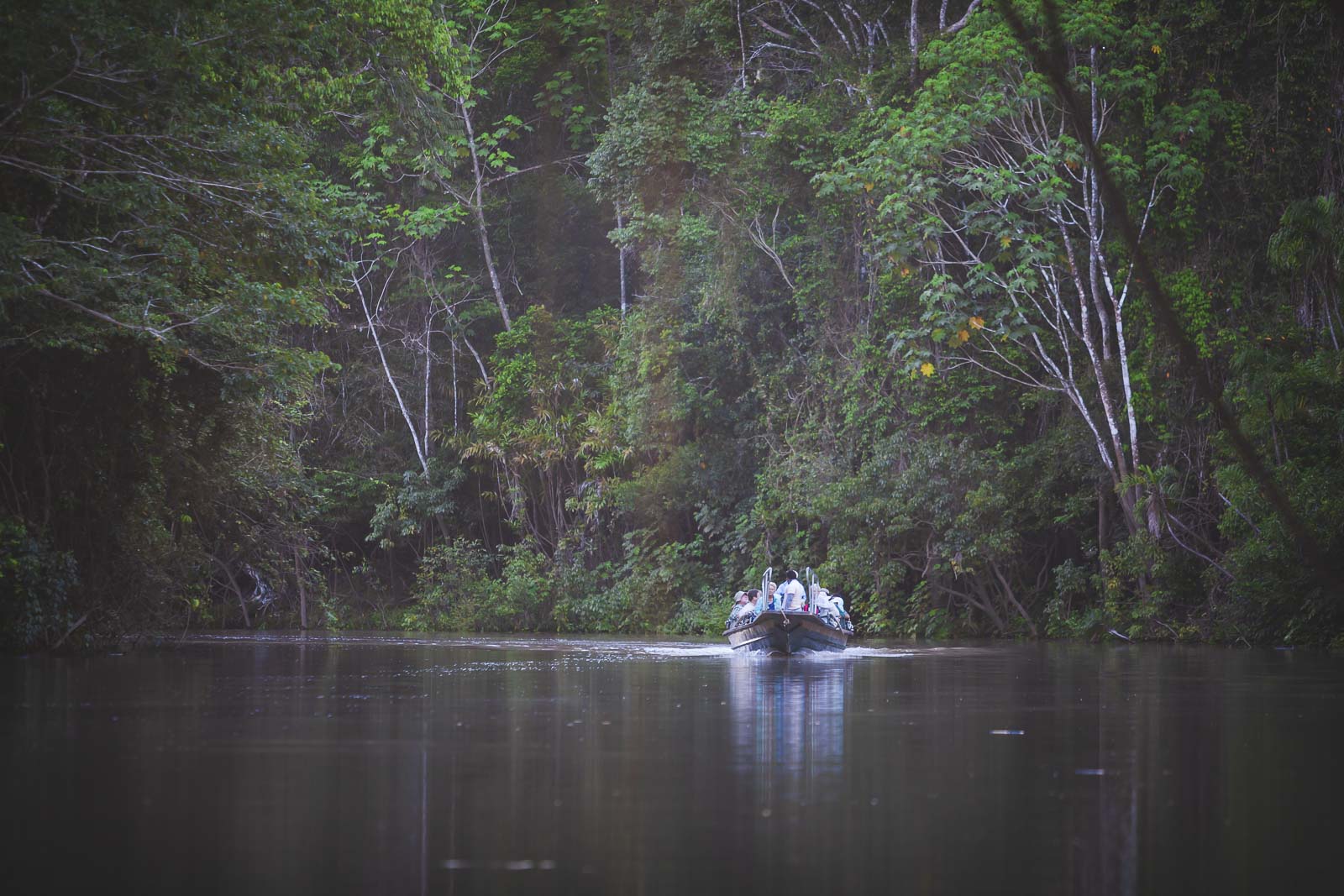
One word will likely come to mind when you take your first journey down the Amazon River: lush. More than anywhere else in the world, the Amazon is a place where it’s clear that life wants to grow and flourish. Interestingly, though, the underlying soil actually isn’t very fertile at all, and the nutrients that are a part of the rainforest system are locked up in the vegetation.
11. In the rainforest surrounding the river, you can find as many as one hundred different species of trees in one measly acre. You can look up in awe at the hierarchical structure of the flora. You’ll witness a soaring canopy covering two or three levels of trees that are more tolerant to shade.
(Is your upcoming trip your first big adventure? Check out these mistakes you’ll want to avoid as a first-time traveler.)
Amazon River Facts: Interesting Tidbits
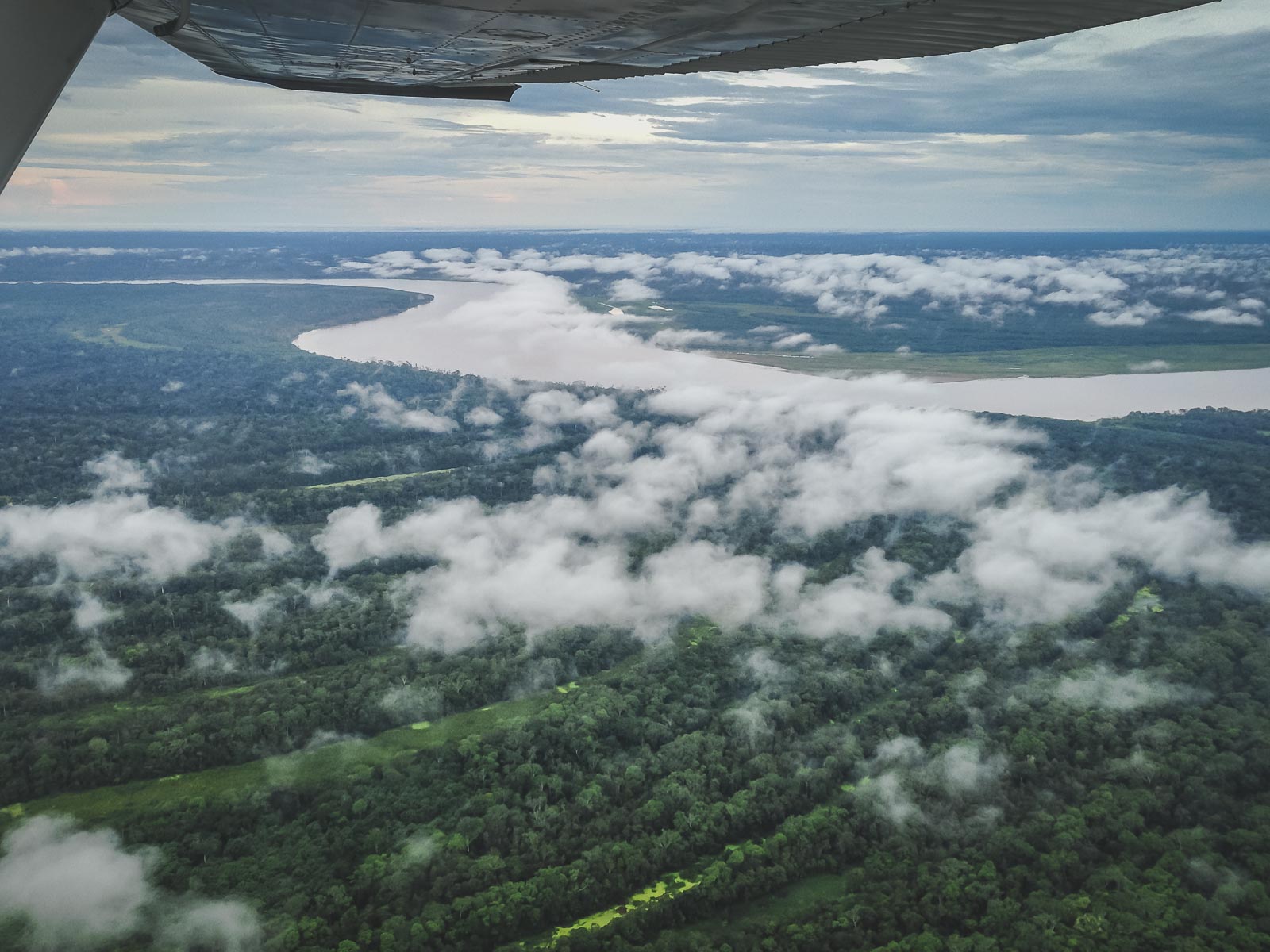
Now that we have a sense of the basic facts about the Amazon rainforest river, let’s take a look at some more interesting little tidbits.
- The Amazon Rainforest is named after a Greek myth involving a group of nomadic female warriors who were masters of archery and horseback riding
- The Amazon River has more than 100 dams but not a single bridge
- 40% of all the water in South America ends up in the Amazon
- In 1980, one family canoed from Canada down to the Amazon River
- The Amazon River actually alters the sea level in the Caribbean because it releases so much freshwater
- 20% of the fresh-water supply in the Atlantic comes from the Amazon
- An entire coral reef system was discovered in the Amazon River Delta in 2016
- There is an underground river underneath the Amazon River that flows 2.5 miles deep underground
- Essential minerals from sand actually blow all the way across the ocean from the Sahara Desert to help support its ecosystem
- Two to three times a year, an impressive tidal wave phenomenon occurs on the River and annual surfing championships are held for people who are particularly thrill-seeking
When you’re talking about a river as vast and a rainforest as biodiverse as the Amazon, there’s always going to be more to know than you could ever even digest. However, learning as much as you can before heading to this lush ecosystem can help you get the most out of your adventurous experience.
Is It Time For You to Take the Adventure of a Lifetime?
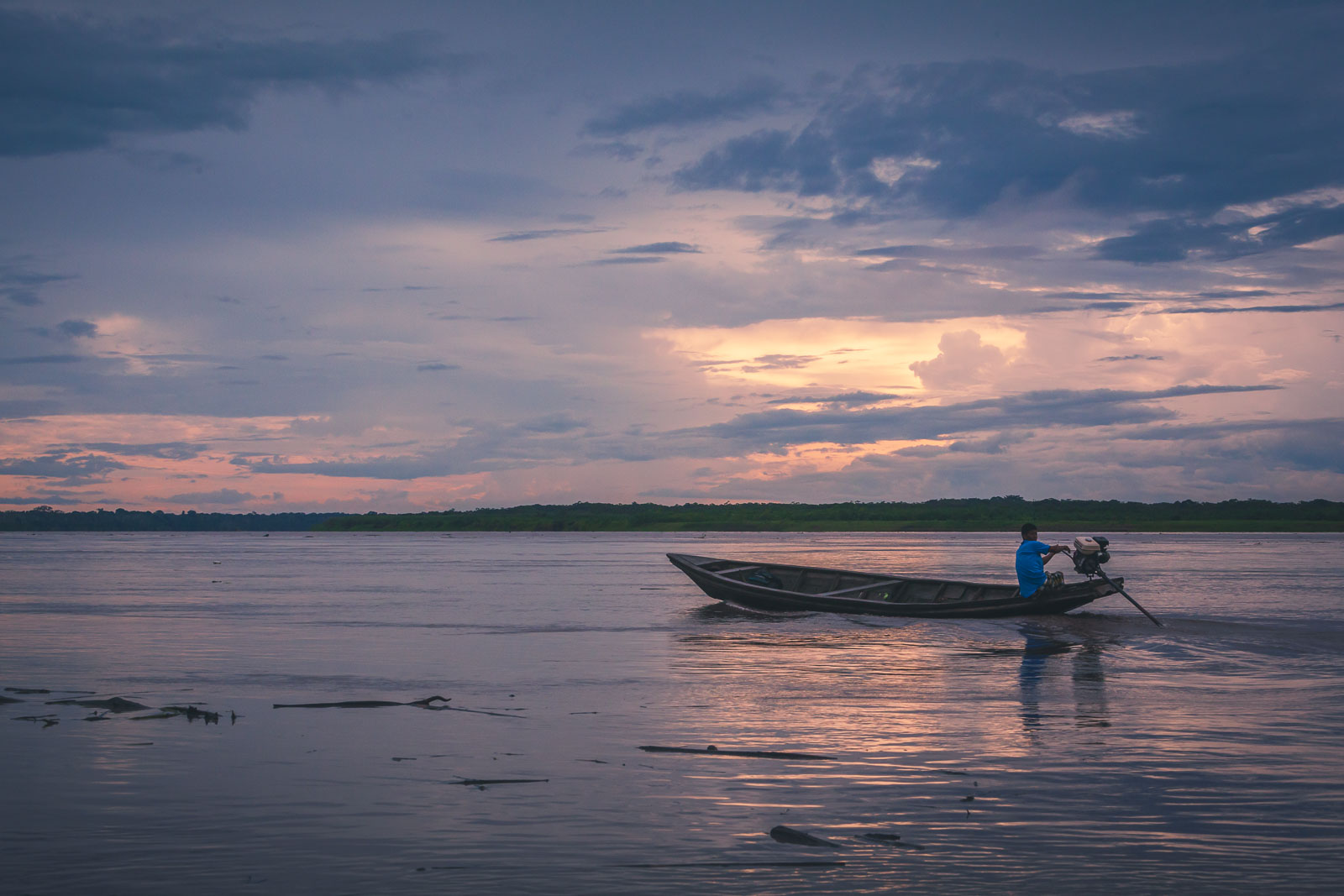
It’s important to understand that these facts about the Amazon River barely scratch the surface. You could spend an entire lifetime studying this body of water and its surrounding rainforest. Heck, after visiting, maybe you’ll decide that it’s your calling to do exactly that!
If you choose to visit the Amazon rainforest in Brazil, you can also add a number of other incredible places and landmarks to your itinerary. If you’re thinking about heading to Brazil for your next trip, check out our helpful travel guide to help you plan your upcoming vacation.

